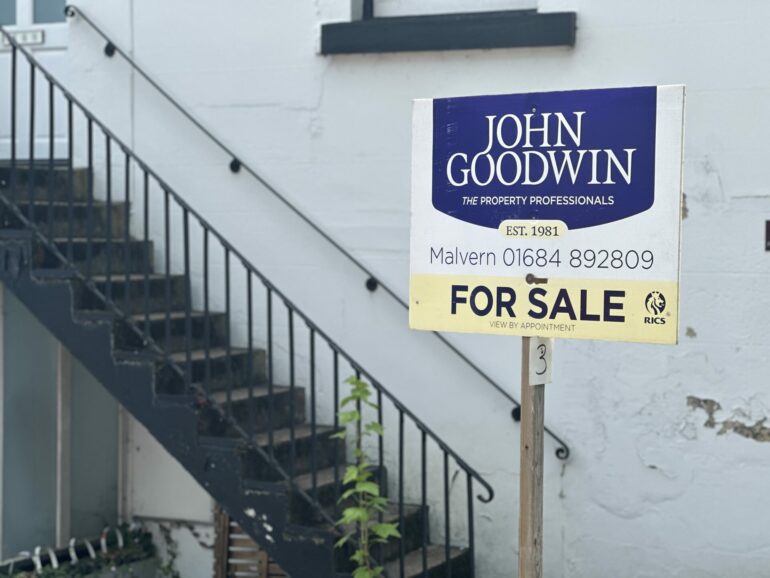New research from longer-term lender April Mortgages reveals that homeownership remains out of reach for many single buyers, with deposits exceeding £200,000 in 16 of the UK’s 100 largest towns and cities.
The findings show that in more than half of these towns and cities, a borrower earning an average wage would need a deposit of over £100,000 to secure an average-priced home.
St Albans tops the list, with a buyer earning an average salary of £41,000 needing a £406,000 deposit to afford a home priced at £591,000. In Guildford, where the average house costs more than £500,000, a single buyer would need a deposit of at least £314,000 due to lenders capping borrowing at 4.5 times income.
For those aiming for a 10% deposit, purchasing an average-priced home is out of reach in most of the UK’s largest urban areas. April Mortgages’ analysis found that in only 14 of the UK’s 100 largest towns and cities could an average earner afford a home with a 10% deposit and a maximum mortgage of 4.5 times their salary. Among the few affordable locations were Blackburn, Darlington and Sunderland, highlighting a stark regional divide.
While joint applicants have more purchasing power, affordability remains a significant challenge in cities like London, Bath, Oxford, and Cambridge. Even with two average salaries, buyers in these locations would still need deposits exceeding £80,000.
April Mortgages offers single and joint applicants borrowing up to six times their income, including first-time buyers, homemovers and remortgagers. The lender also provides 10 and 15-year fixed rate mortgages, which can offer access to larger loans than many two and five-year deals from high-street lenders.
Mark Eaton, COO of April Mortgages, said: “The speed at which house prices are rising is leaving many prospective buyers unable to afford a home. House prices have soared over the last 20 to 30 years and are estimated to be worth over nine times the average household income. Borrowers on lower or average salaries are facing an almighty battle to save a large enough deposit to climb onto the property ladder.
“This issue is being compounded by banks and building societies’ strict lending criteria and tough affordability tests. While these measures have been put in place to protect borrowers, they are now having a punitive effect on those who are in most need of support.
“To address the current mortgage affordability crisis, the industry needs to wake up to new ways of thinking. Longer-term lending is one solution that can lead to improved affordability for borrowers who may otherwise be unable to achieve their homeownership dream.”



